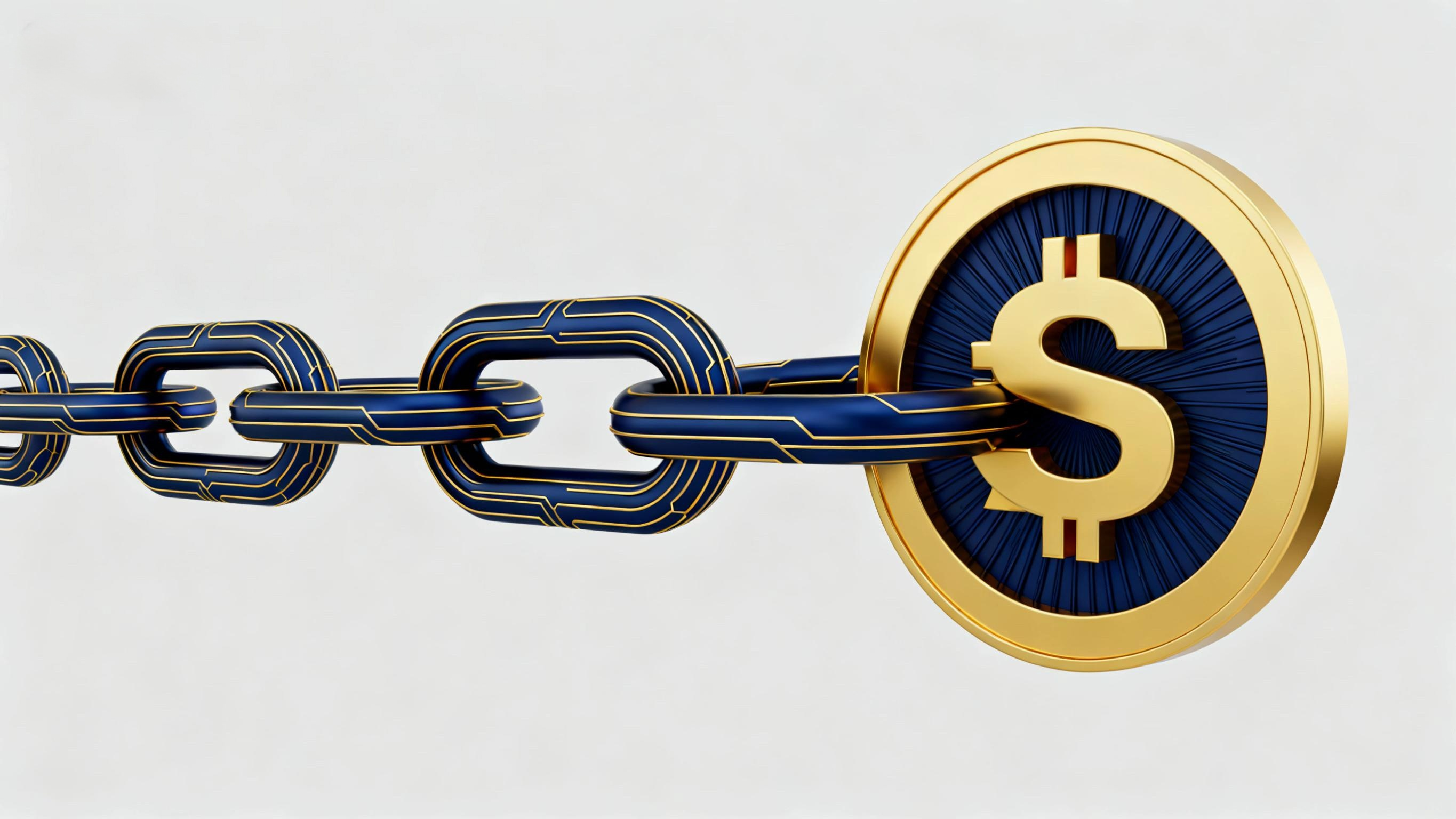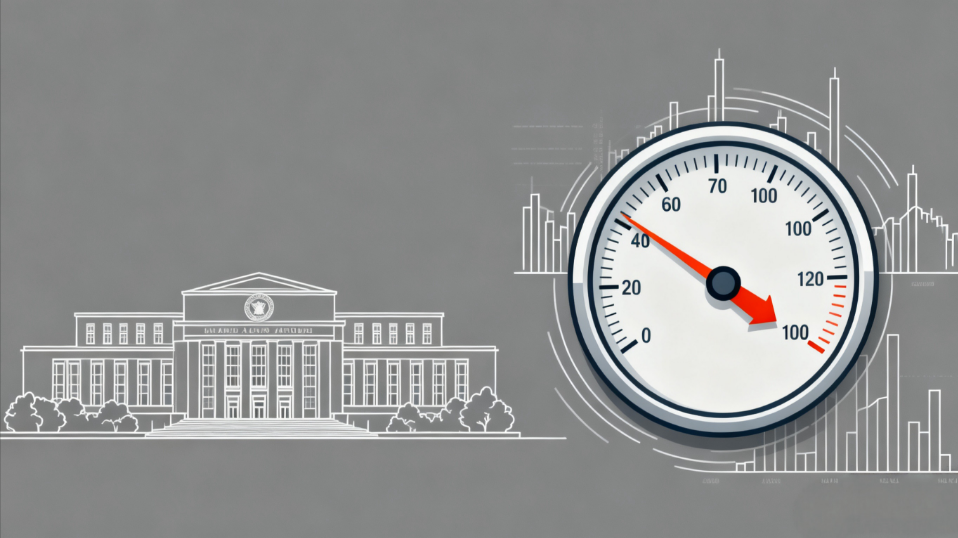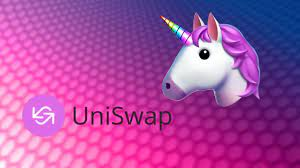
The on-chaining of real-world assets (RWA) is becoming a significant narrative in the crypto world. However, merely achieving tokenization is not enough to unlock its true potential. Digitizing assets such as stocks and bonds only grants them the possibility of cross-border transfer and on-chain storage. The core challenge lies in how to make these tokenized assets truly "come alive," transforming them into composable, derivable, and liquid financial components.
In traditional financial markets, liquidity is often rooted in derivative systems. Taking U.S. stocks as an example, instruments like options and futures not only deepen market liquidity but also provide risk hedging and diversified strategies, attracting more institutional capital. However, in the current RWA market, most tokenized assets purchased by users can only be "held," lacking financialized functions such as lending, staking, and arbitrage. This means they remain at the "static asset" stage, with capital efficiency remaining untapped.
More critically, the RWA market faces the challenge of fragmented liquidity. Different issuers have launched their own tokenized versions of assets, diluting market depth and making it difficult for users and protocols to integrate, thereby hindering ecosystem scalability. This situation is reminiscent of the liquidity silos seen in Ethereum’s early Layer 2 solutions, highlighting an urgent need for unified standards and trusted asset sources.
Therefore, the direction for RWA development should be RWAFi (RWA Financialization). This is not merely a technological breakthrough but a systemic upgrade, encompassing secure custody, cross-chain清算, standardized protocols, and integration with diverse DeFi modules. Once assets are financialized, they can be used as collateral for loans, generate cash flow, and meet diverse investment needs through derivatives and structured products. For example, real estate could not only serve as collateral for financing but also enable transparent distribution of rental income. It could even be split into "appreciation rights" and "income rights," giving rise to a variety of financial products.
As traditional giants like Nasdaq and BlackRock enter the space and promote standardized token issuance, RWA will gradually move beyond the "on-chaining as the end goal" mindset and advance toward an even more imaginative era of "asset Legos." At that point, modules such as collateralization, lending, stablecoins, ETFs, and options will be reconfigured based on real-world assets, launching a grand financial experiment that surpasses the DeFi Summer.
The future of RWA is not simply about placing real-world assets on-chain but about turning them into foundational building blocks of the on-chain financial system. Only when these assets are actively utilized will a new chapter for DeFi begin.
















